Fitbit One review
Is the Fitbit One one of the best wireless fitness trackers to buy?
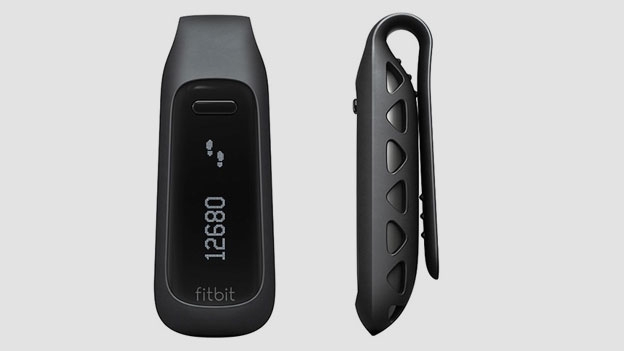
-
+
More secure clip
-
+
Wireless syncing via desktop
-
+
BT 4.0 for real-time data
-
-
Manual food tracking
-
-
No GPS
-
-
No cycle or swimming tracking
Why you can trust T3

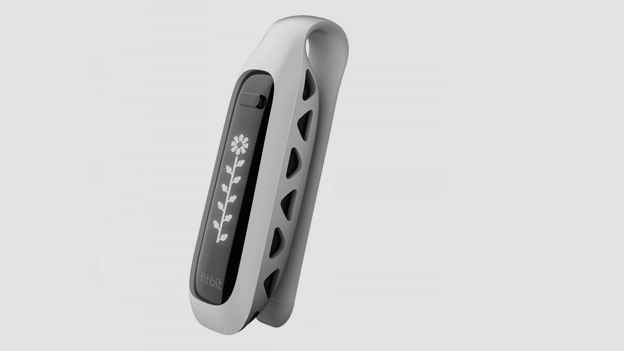
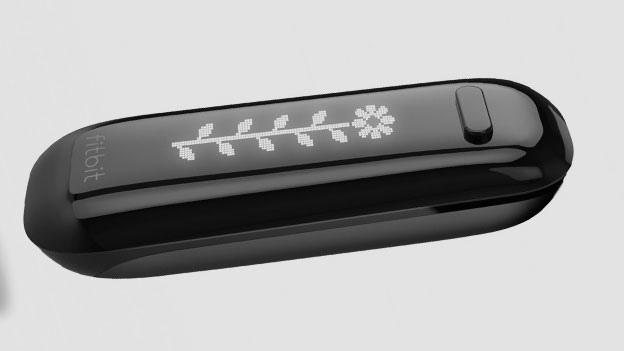
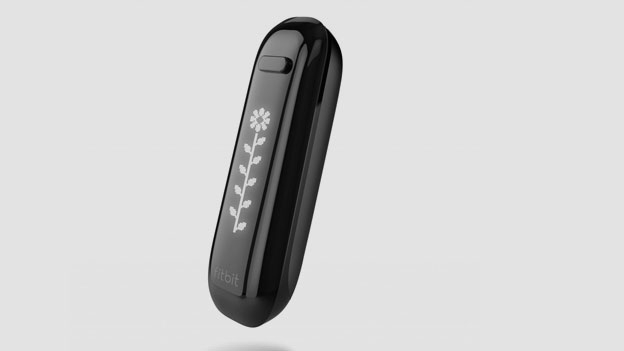

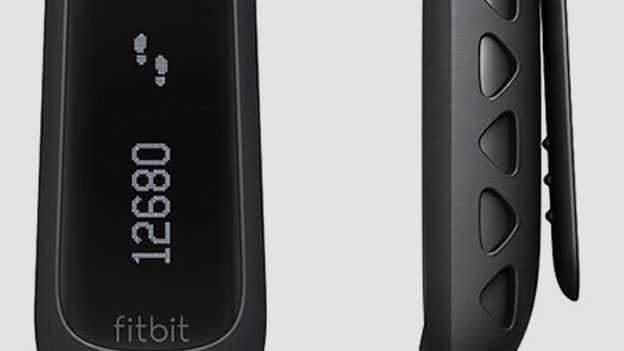
The Fitbit One replaces the Fitbit Ultra, but is it still one of the best wireless fitness trackers to buy? T3 put it to the test...
When the Fitbit Ultra landed in the UK in late 2011, it was going up against devices like the Jawbone Up and Motorola ACTV not to mention a barrage of smartphone based fitness apps. Since then the tech industry has exploded with ways to help people get in shape with the well received Nike FuelBand and apps like Zombies, Run! amongst the most notable new additions.
The Fitbit One is the successor to the Fitbit Ultra and has been joined by the cheaper, more colourful Fitbit Zip. We praised the Ultra for its compact, lightweight design and great app support amongst other things so could the One improve on its predecessor?
We put the Fitbit One to the test over the past few months to find out if it is still one of the best devices to get you fighting fit.
Fitbit One: Build and design
Dumping the matte black all-in one clip look of the Ultra, Fitbit has got smaller in all departments but is as lightweight as the Ultra at just 8 grams. The One now sports a more curvaceous design with a glossy front and a matte back and still hosts an OLED screen controlled by a single button.
Available in black and burgundy, the One adds a durable silicone clip that the device slips inside and is certainly more secure than the Ultra which we found on further use had a tendency to slip off certain types of clothing and could be easily lost.
There is certainly no chance of that happening with the One and we are glad that Fitbit has addressed this. Like the Fitbit Zip, the One is now rain, splash and sweat proof which means it's far more gym-friendly and suitable for walking or running in the rain.
Other than the device and the silicone clip inside the box you'll find a wireless sync dongle, a much slender looking charging cable, and a sleep wristband that holds the One in place.
Fitbit One: Features
Working under the same pedometer principles, the One uses an accelerometer and altimeter to track activity mainly focused on walking, jogging and running and by pressing the single button you can flick through the step counter, distance covered, calories burned and the flower icon to illustrate how active you've been throughout the day.
There's still no GPS support but the One does work as a stop watch and lets you track your sleep activity adding a silent alarm to wake you up in the morning which is simply done by setting up the time on the web based dashboard.
Once again daily activity data is uploaded to the free Fitbit online desktop tool where you can view and analyse information and earn badges with the ability to manually record food consumption, water intake, heart rate, glucose intake, and other sports not covered like cycling and swimming.
For an additional £39.99 a year you can pay for a premium service that adds a more competitive element to tracking and adds a digital trainer who can set up plans for you.
One of the most impressive elements of the Fitbit service is helping users make the transition from current fitness based applications adding app support for Nike+, Sleep Debt and Endomondo to add data to the already comprehensive service.
One of the biggest changes has been the addition of real-time syncing which can be achieved via your desktop or laptop using the wireless syncing dongle or if you have a Smart Bluetooth 4.0 enabled iOS or Android smartphone/tablet. Of course there are very few of those currently on the market but it is a great way to see immediate progress.
Fitbit One: Performance
There is very little difference in terms of data tracking with the One compared to the Ultra. Putting it up against the Nike+ Running app and Fitbug Air, information such as calories burned, distance covered and appeared consistent with the other devices.
The same can similarly said about sleep tracking which is one of the most unique features of Fitbit and serves up some interesting information that can give you a nice overview of sleeping patterns and whether there could be anything affecting how much rest you get.
The wireless syncing worked effortlessly when we tested it out the iPhone 5 and the Smart Bluetooth 4.0 functionality and had no issues uploading information to the Fitbit dashboard.
While the Zip has a battery that lasts around six months, Fitbit claims you should get around a week of usage before having to recharge but we found that the One could actually significantly longer than a week which is a great advantage over other fitness tracking devices.
Fitbit One: Verdict
The Fitbit One makes some minor alterations that are by no means revolutionary, but they are enough to still make it one of the most impressive fitness tracking devices out there.
Compared to the Nike Fuelband and the Jawbone Up it can be worn much more discreetly, is more affordable in terms of what you get in return for your money with the hardware and an excellent dashboard. Growing third party app support is a major advantage over other devices, while the improved syncing and much securer clip are welcome additions having had issues with this on the Ultra.
GPS would still be a great feature for future Fitbit devices, as would a better alternative to manually entering food data and the ability to track other sports like swimming and cycling. But if you are looking to lead a much healthier lifestyle and not knock times of your running PB, the Fitbit One is one of the best devices to help you achieve that and keep you motivated to stick with it for the long haul.
Fitbit One release date: Out now
Fitbit One price: £79.99
Sign up to the T3 newsletter for smarter living straight to your inbox
Get all the latest news, reviews, deals and buying guides on gorgeous tech, home and active products from the T3 experts
Michael Sawh studied Journalism and Media Studies at Staffordshire University before joining T3 as a Feature Writer. You can find articles by Michael on the topics of Apple products, Android phones, laptops, bikes, games consoles, smartwatches and much more on T3.com, as well as neat retrospectives on classic tech products, events and game series.
-
 Gossamer Gear's Grit 28 is a masterclass in ultralight backpack design
Gossamer Gear's Grit 28 is a masterclass in ultralight backpack designTrail runners and fastpackers, take note
By Matt Kollat Published
-
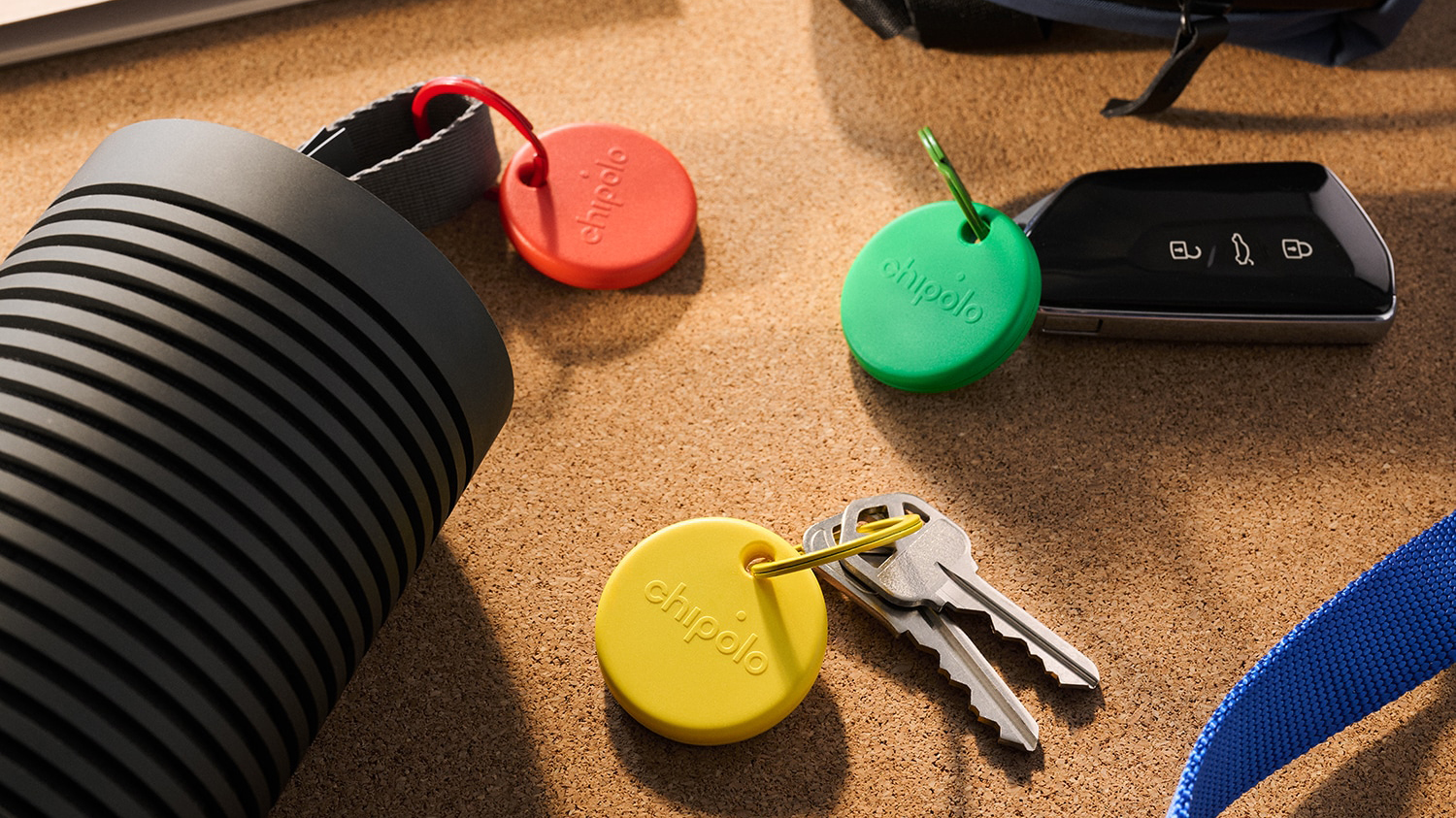 Forget AirTag, Chipolo's new Bluetooth tracker adds a dash of colour
Forget AirTag, Chipolo's new Bluetooth tracker adds a dash of colourChipolo's Pop tracker works with both Apple's Find My and Google's Find My Device – so you can track whichever platform you're using
By Mike Lowe Published
-
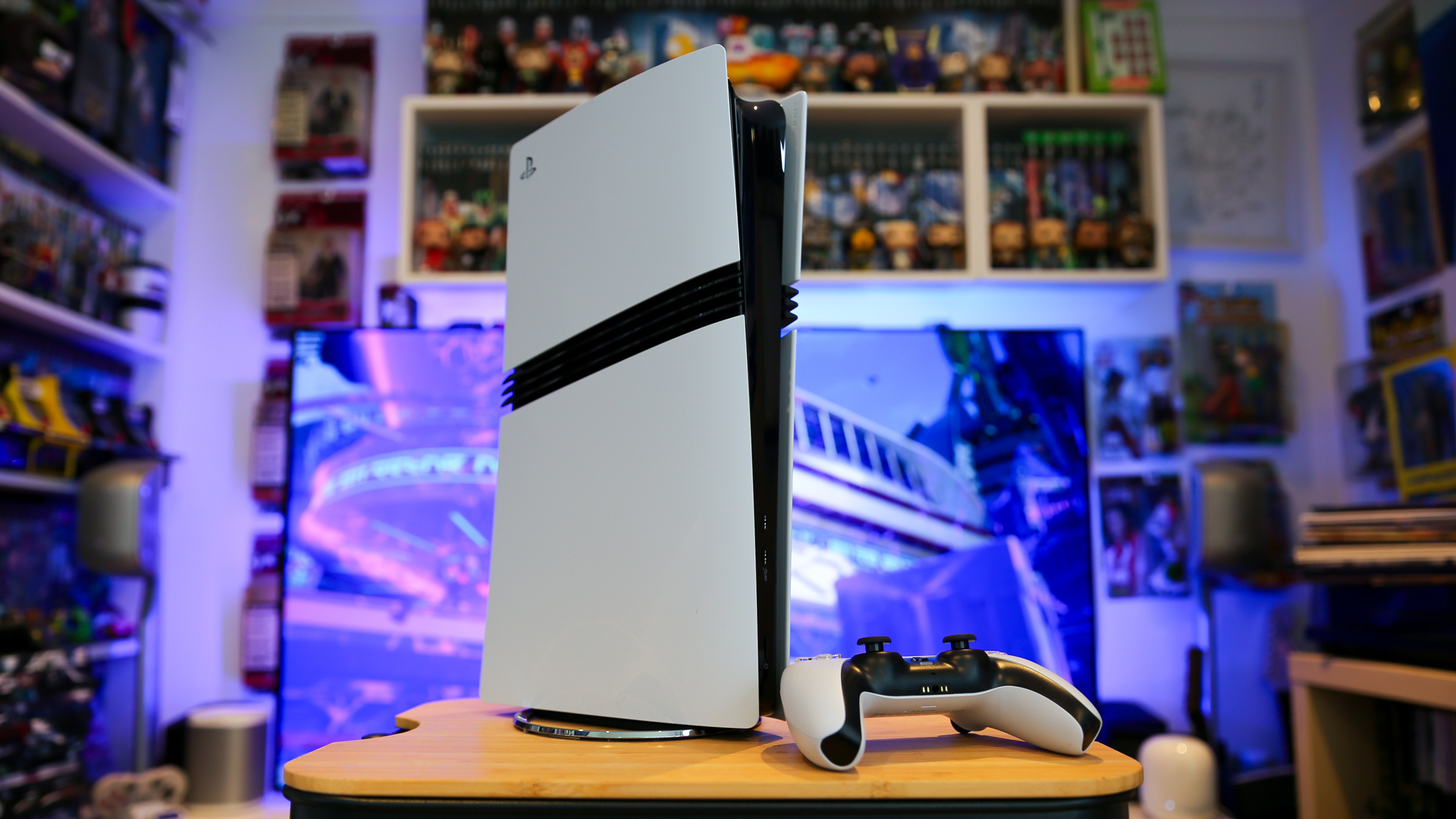 The 5 luxury PS5 Pro accessories I can't live without – How to upgrade your PlayStation in style
The 5 luxury PS5 Pro accessories I can't live without – How to upgrade your PlayStation in styleIf you want a better experience for your PS5 Pro, you need these luxury upgrades
By Max Freeman-Mills Published